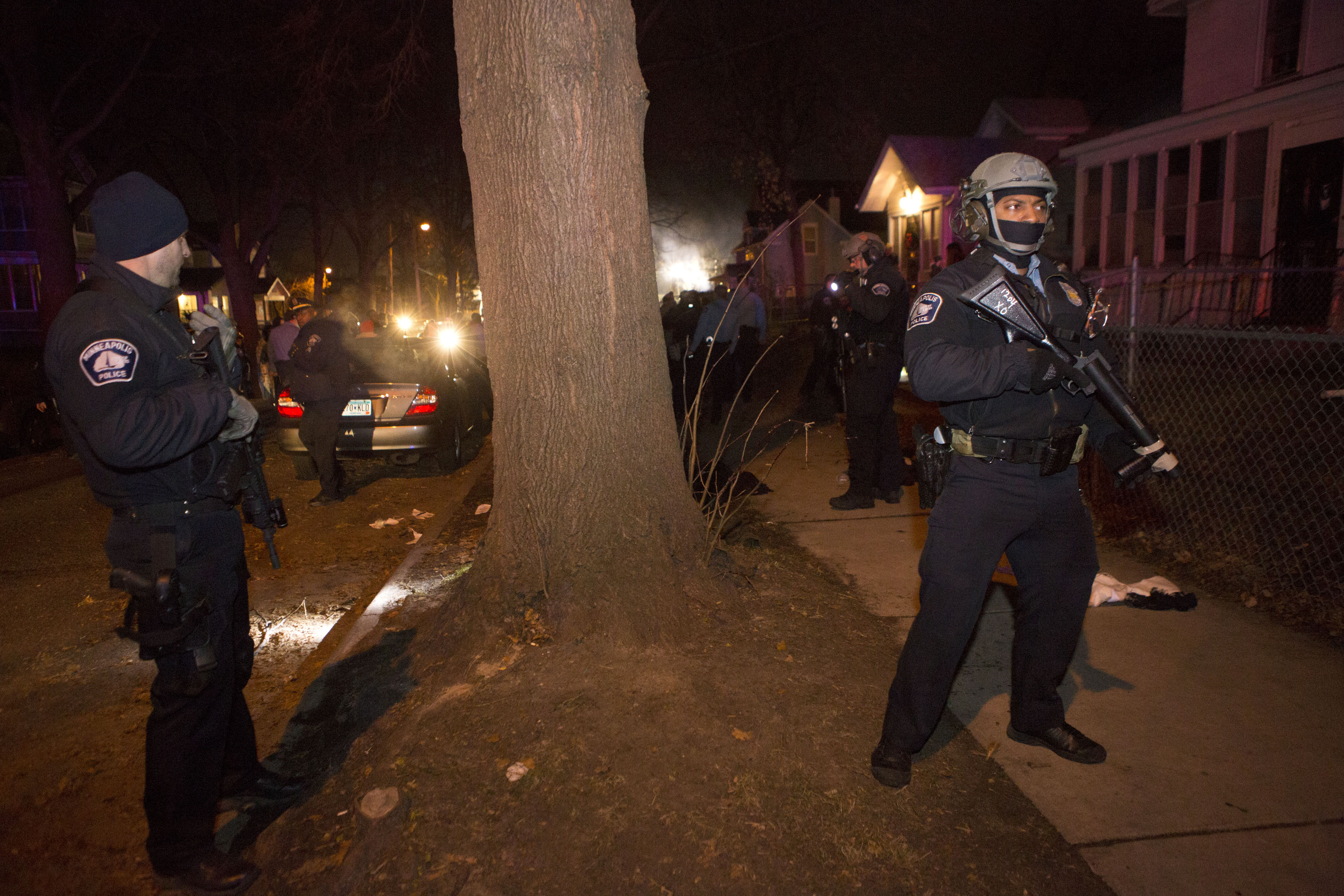When the Affordable Care Act passed in 2010, I honestly didn’t believe it applied to me. I was young and healthy, and faced other, more pressing concerns at the time, such as pursuing my education.
But all that changed this February when I was sitting on the train on my way to my graduate class and felt my heart race. I wasn’t nervous or stressed, but could feel my pulse thundering throughout my body—the type of feeling you get when your professor is cold-calling students with questions and you haven’t done the reading.
Chastened, I resolved to start running again and cut back on my caffeine. But my palpitations didn’t go away. After two months of diet and exercise (and persistent chiding from my mother), I reluctantly went to the doctor. I didn’t expect much to come out of it. Why would I need to see a doctor? I was young and healthy and heart problems only happened to older people—I was a young invincible.
My first real sense of concern arose when the nurse practitioner put her stethoscope to my chest and her eyes widened. She proceeded to tell me that I had a very clear heart murmur, a whooshing sound indicating turbulent blood around my heart. An echocardiogram later revealed a mitral valve prolapse, and a subsequent test showed significant regurgitation.
Put into plain English, one of the valves of my heart doesn’t close properly, allowing blood that should be pumped out of my heart to spill back in. In cases like this, the heart compensates and pumps harder to keep the blood out. My doctor recommended mitral valve repair surgery, an open-heart surgery that will require me to stay in the hospital for at least five days after the operation, followed by four to six weeks’ recuperation.
And so, in a period of three months, I went from being a healthy young adult to one in need of heart surgery. I was shocked, but in some ways I was lucky. I was insured, thanks to the Affordable Care Act.
The ACA helped me when I transferred from a full-time position to a part-time one and lost my employer-provided health insurance. After conversations with multiple people about the risks of forgoing health insurance, I decided to purchase coverage through the New York marketplace.
I am incredibly fortunate that I chose—and was able to afford—the route of subsidized insurance premiums. While the cost for mitral valve repair surgery before insurance is around $30,000, the entire ordeal can cost upwards of $200,000. With that high of a price tag, the surgery would have financially crippled me. But due to my insurance, I will only be responsible for copays and deductibles.
I cannot imagine the stress of knowing I could not afford a surgery that could save my life. But that’s a reality for too many Americans—particularly millennials of color—even though the ACA has resulted in the largest gains in coverage in decades. These gaps are in part due to the fact that 20 states have refused to expand Medicaid, which has meant that 3.1 million otherwise eligible adults fall into what is known as the “coverage gap”—they earn too much for Medicaid but too little to access the subsidies they need to afford insurance. Of that group, nearly half are adults aged 19 to 34.
The fact that vulnerable people have been left without insurance doesn’t seem to bother some on the right, including governor-elect Matt Bevin of Kentucky. Although the state has already expanded Medicaid, Bevin has promised to dismantle the state-run Kynect exchange, leaving over 300,000 people that were previously covered through the expansion without affordable health insurance. This disastrous move would undo the immense good that the policy has achieved, including the second largest drop in uninsured rates in the nation.
Furthermore, the Senate recently passed a bill that can only be described as highly destructive. The proposed legislation would nearly double the number of uninsured Americans by dismantling Medicaid expansion for the 30 states, plus the District of Columbia, that have already implemented it. Simultaneously, it would eliminate subsidies that help low-income people purchase coverage.
This proposal represents a callous disregard for the lives of low-income Americans. We should be removing barriers to insurance, not impeding paths to coverage. I hope that our elected officials consider the human costs of their decisions and remember citizens like myself whose lives might depend on accessing that coverage.










